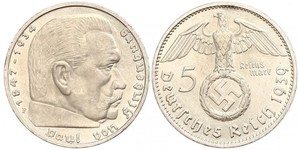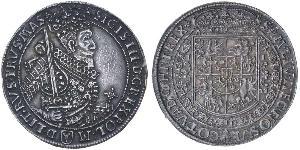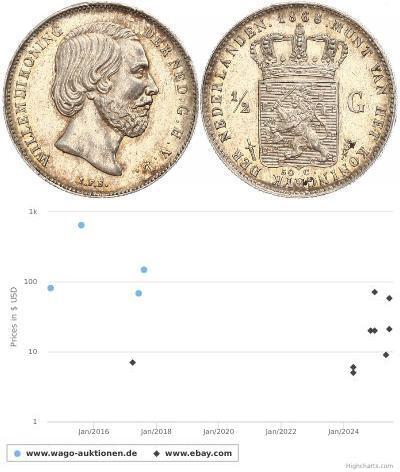1 Thaler (售价 $177.0)
1752, Lubeck (Free City). Beautiful Large Silver Thaler (48 Schilling) Coin. XF!
Mint Year: 1752 Mint Place: Lubeck Mayor: Heinrich Rust Denomination: Thaler (48 Schilling) Reference: Davenport 2420E, KM-168.5. Condition: Minor deposits and mint-made planchet striae, otherwise a nice XF! Weight: 27.46gm Diameter: 42mm Material: Silver
Obverse: Ornate coat of arms of Lubeck, decorated in the prevailing Rococo style. Legend: 48 . SCHILLING . COURANT . (crossed axes) . J.J. - J . GELDT . ANNO . 1752 . Reverse:Crown above double headed imperial eagle, value (48) at chest. Wheat stalks (arms of the Mayor) inside oval frame below. Legend: CIVITAT . LUBECAE . MON . NOVA . IMP .
The typical rim marking of this period, was a new introduced measure to keep silver coins from being clipped and therefore a trustable currency.
em>.
Lübeck is the second largest city in Schleswig-Holstein, in northern Germany, and one of the major ports of Germany. It was for several centuries the "capital" of the Hanseatic League ("Queen of the Hanse") and because of its Brick Gothic architectural heritage is on UNESCO's list of World Heritage Sites
In 1226 Emperor Frederick II declared the city of Lübeck to be an Imperial Free City. In the 14th century Lübeck became the "Queen of the Hanseatic League", being by far the largest and most powerful member of this medieval trade organization.
Several conflicts about trade privileges were fought by Lübeck and the Hanseatic League against Denmark with varying outcomes. While Lübeck and the Hanseatic League prevailed in conflicts in 1435 and 1512, Lübeck lost when it became involved in the Count's Feud, a civil war that raged in Denmark from 1534 to 1536. Lübeck also joined the Schmalkaldic League. After defeat in Count's Feud, Lübeck's power slowly declined. Lübeck managed to remain neutral in the Thirty Years' War, but with the devastation of the decades-long war and the new transatlantic orientation of European trade, the Hanseatic League and thus Lübeck lost importance. After the Hanseatic League was de facto disbanded in 1669, Lübeck stayed an important trading town on the Baltic Sea.
Lübeck remained a Free Imperial City even after the German Mediatisation in 1803 and became a sovereign state after the end of the Holy Roman Empire in 1806. In course of the war of the Fourth Coalition against Napoleon, troops under Bernadotte occupied the neutral Lübeck after a battle against Blücher on November 6th, 1806. Under the Continental System, trade suffered and from 1811 to 1813 Lübeck was formally annexed as part of the First French Empire.
The Vienna Congress of 1815 made Lübeck one of 39 sovereign states of the German Confederation. Lübeck became part of the North German Confederation in 1867 and became an autonomous state of the new-founded German Empire in 1871.

|
发布人:
anonymous 2021-11-21 |
|
||
|
||
|
||
|
||

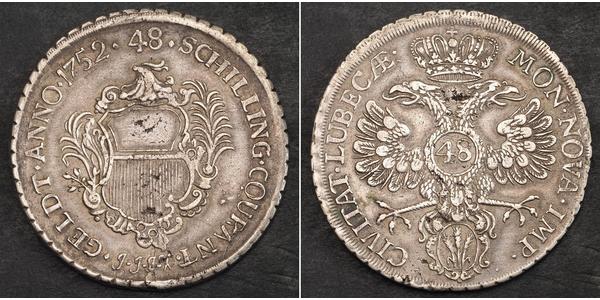

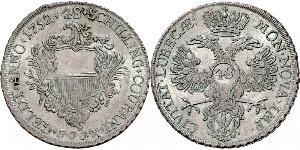
 Deutsch
Deutsch Русский
Русский Українська
Українська English
English Italiano
Italiano Français
Français Español
Español 汉语
汉语


